When it comes to impressing a potential mate, the animal kingdom is full of surprising tactics. While you might think humans have some peculiar dating rituals, animals take it to a whole new level. From intricate dances to unexpected gifts, their methods are as diverse as they are fascinating. Let’s dive into some of the most bizarre behaviors animals engage in just to catch the eye of that special someone.
1. Bowerbirds’ Architectural Skills
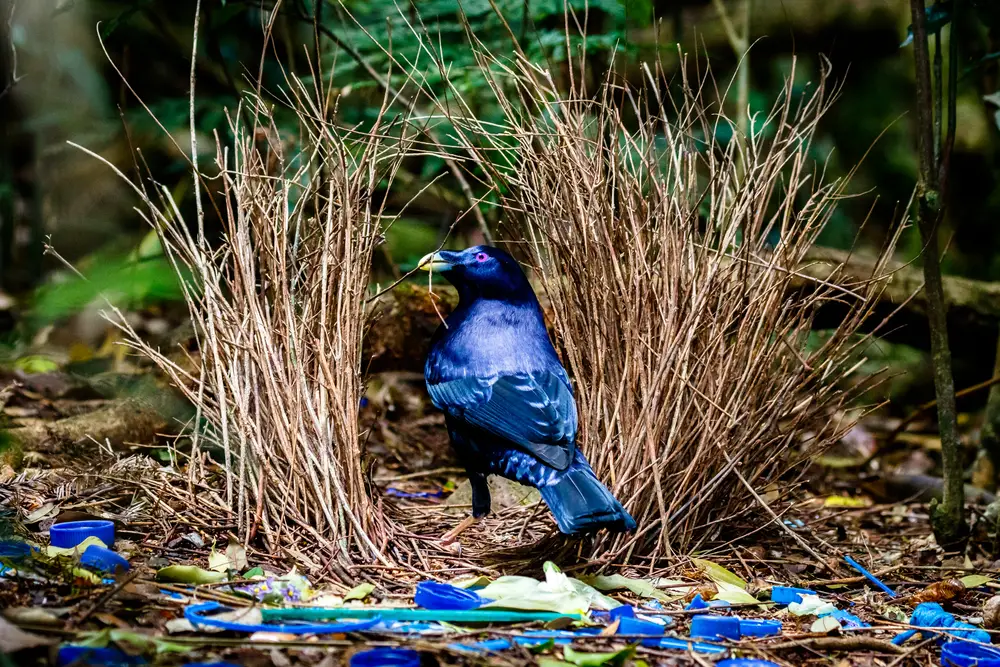
Bowerbirds are like the architects of the avian world, constructing elaborate structures called bowers to woo potential mates. These aren’t just any nests; they’re complex, aesthetically pleasing displays made from sticks and adorned with colorful objects like berries, shells, and even bits of plastic. The male bowerbird meticulously arranges these items to make his bower as eye-catching as possible. According to ornithologist Gerald Borgia from the University of Maryland, the more impressive the bower, the higher the chances the male has of attracting a mate. This behavior highlights the importance of creativity and attention to detail in the animal world.
But it’s not just about building; it’s also about maintaining. Male bowerbirds spend a lot of time keeping their bowers tidy and adding new decorations. If a rival male comes along and tries to sabotage their work, they’ll quickly repair any damage. This dedication shows potential mates their commitment and ability to provide. It’s like constantly updating your dating profile to keep it fresh and engaging. The effort put into these structures truly sets the stage for romance.
2. Peacock Spiders’ Dance Moves
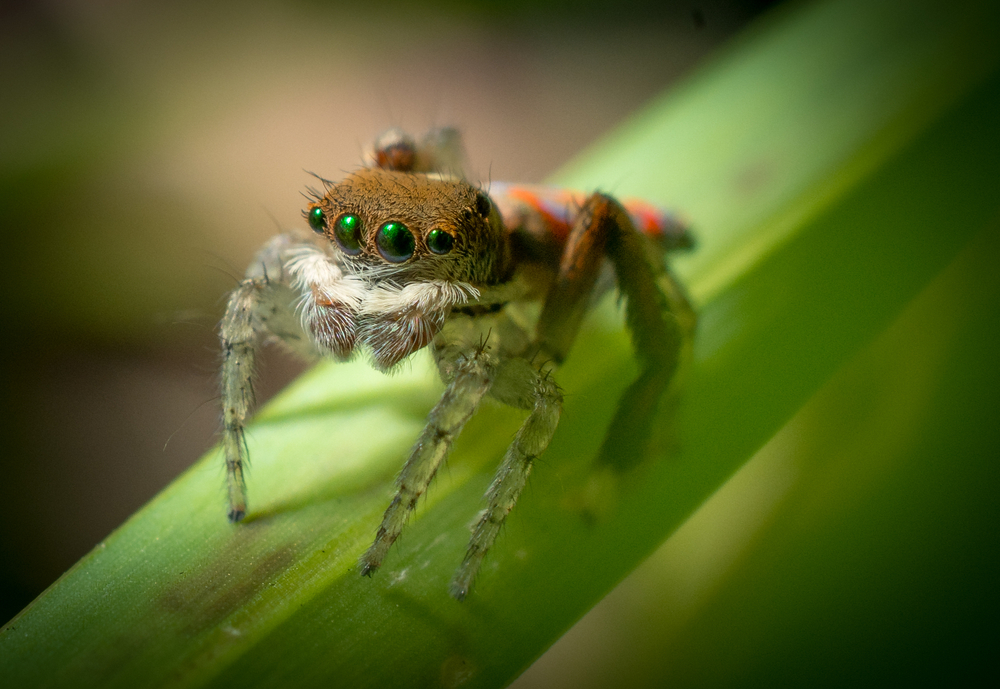
Peacock spiders, despite their small size, have some of the most extraordinary dance moves in the animal kingdom. These tiny arachnids boast vibrant colors and perform elaborate dances to attract females. When a male spots a potential mate, he raises his brightly colored abdomen and vibrates his legs in a rhythmical manner. This dance is crucial since the peacock spider females can be quite picky about their partners. A well-executed performance can mean the difference between mating success and rejection.
The dance isn’t just about moving; it’s a full-fledged performance complete with visual and vibrational elements. The male must synchronize his movements perfectly to avoid turning off his potential mate. If he impresses her, mating will proceed; if not, he might become her next meal. This high-stakes dance-off highlights the lengths animals will go to in order to secure a mate. It’s a reminder that sometimes, you’ve got to be willing to put on a show to win someone’s heart.
3. Fiddler Crabs’ Claw Display

Fiddler crabs are known for their distinctive large claw, which is used both for defense and mating displays. The males wave their oversized claws to catch the attention of females, much like waving a flag to say, “Hey, look at me!” This waving is more than just for show; it demonstrates the male’s strength and vitality. Dr. Patricia Backwell, a researcher at Australian National University, found that females often choose mates based on the size and vigor of these waves. It’s a flashy display that clearly underlines the importance of physical prowess in the mating game.
But there’s more to it than just the waving. Fiddler crabs also engage in a bit of strategic deception. Some males will build false burrows to lure females, giving the illusion of having a prime territory. These fake burrows can sometimes trick a female into choosing a mate based on perceived rather than actual resources. It’s a crafty way to enhance their appeal in the competitive world of crab dating. The combination of visual displays and clever tactics shows just how resourceful these little creatures can be.
4. Great Crested Grebes’ Synchronized Dancing
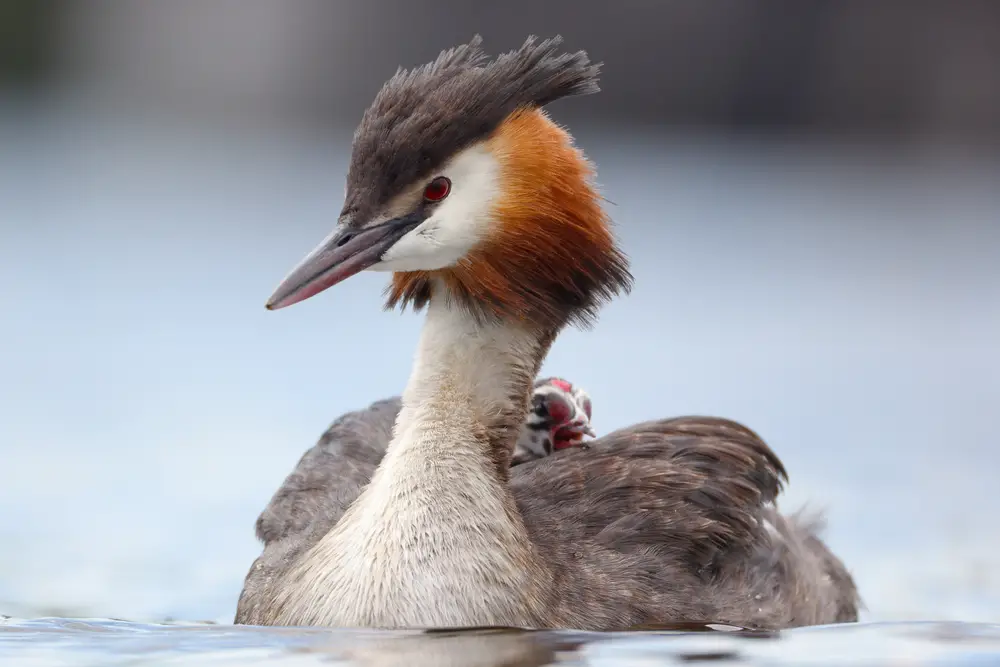
Great crested grebes are a species of waterbird known for their elaborate courtship dance. Unlike more solitary displays, this dance is a synchronized performance between the male and female. They face each other in the water, rise up, and shake their heads back and forth in perfect harmony. This ritual is not just about attracting a mate; it serves to strengthen the bond between the pair. The synchronized dance proves their compatibility and ability to work together, which is crucial for raising young.
The dance progresses through several stages and includes exchanging gifts, such as bits of aquatic plants. This exchange further cements their partnership by demonstrating their willingness to share resources. The dance is a beautiful mix of symmetry and cooperation, setting the stage for a successful partnership. For great crested grebes, it’s about more than just physical attraction; it’s about building a lasting relationship. This ritual underscores the idea that teamwork and chemistry are essential components of successful mating.
5. Frigatebirds’ Red Throat Pouch
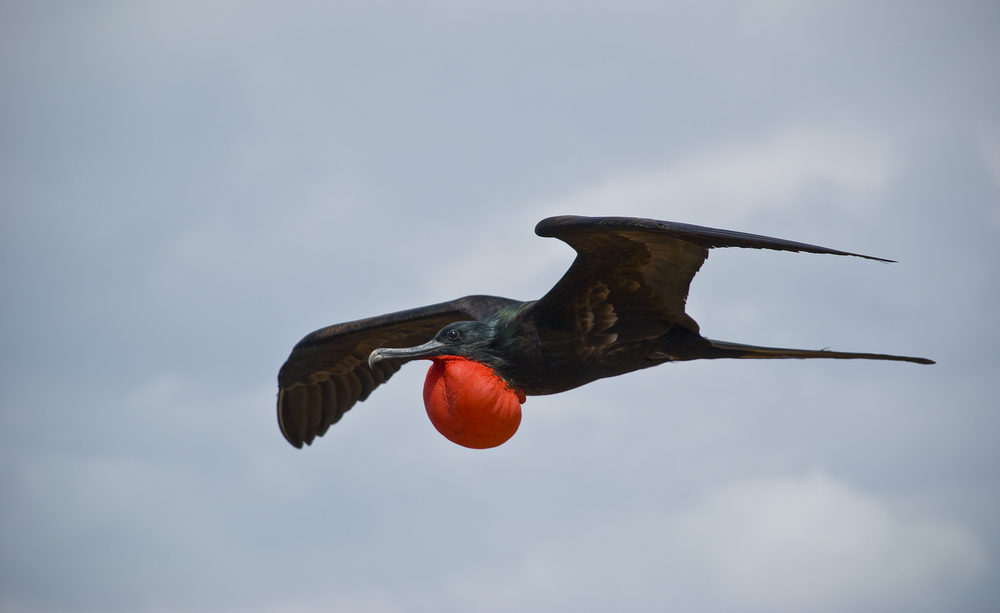
Male frigatebirds have a unique way of getting noticed: they puff out their bright red throat pouches, creating an eye-catching display. These pouches can inflate to the size of a football, and the process is as impressive as it sounds. The males perch in groups, inflating their pouches while calling out and shaking their wings to draw even more attention. Dr. Joanna Burger, an ornithologist at Rutgers University, suggests that this display is a testament to the male’s health and vitality. A larger, more vibrant pouch usually means a higher likelihood of attracting a female.
This behavior is not without its challenges. The display is energy-intensive, and balancing on precarious perches while inflating the pouch requires a good deal of skill. It’s a delicate dance of maintaining balance and showcasing their assets. Success in this endeavor means securing a mate for the breeding season. For frigatebirds, sometimes bigger and bolder truly is better when it comes to love.
6. Satin Bowerbirds’ Color Coordination
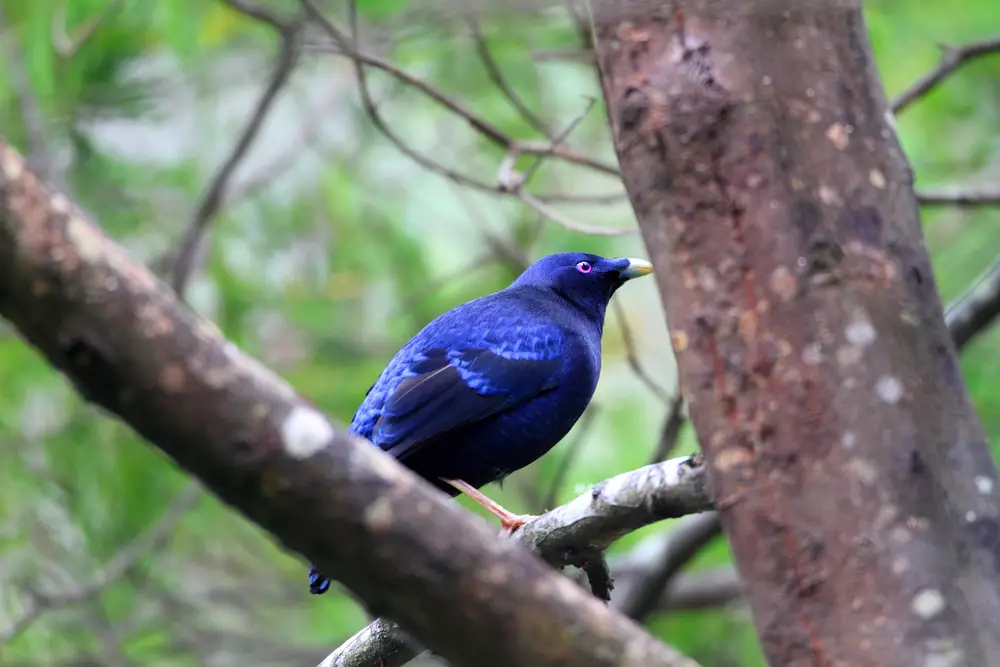
Male satin bowerbirds take color coordination to a new level by collecting blue objects to decorate their bowers. This preference for blue is not just random; it’s a deliberate choice to match the species’ own striking appearance. The males display an incredible eye for detail, arranging their collections with precision to highlight their finds. Their ability to collect and organize these items demonstrates intelligence and dedication to potential mates. It’s like curating an art gallery, where each piece is chosen to enhance the overall appeal.
The blue decorations serve as a visual lure while also indicating the male’s ability to gather resources. If a rival male spots a particularly appealing bower, he might try to steal some of the blue treasures or even destroy the bower entirely. This competitive aspect adds an extra layer to the courtship ritual, where the stakes are high. In the world of satin bowerbirds, a keen eye for color and a touch of creativity go a long way in impressing a mate. The effort spent on these displays underscores the importance of presentation in the animal kingdom.
7. Manakin Birds’ Moonwalk
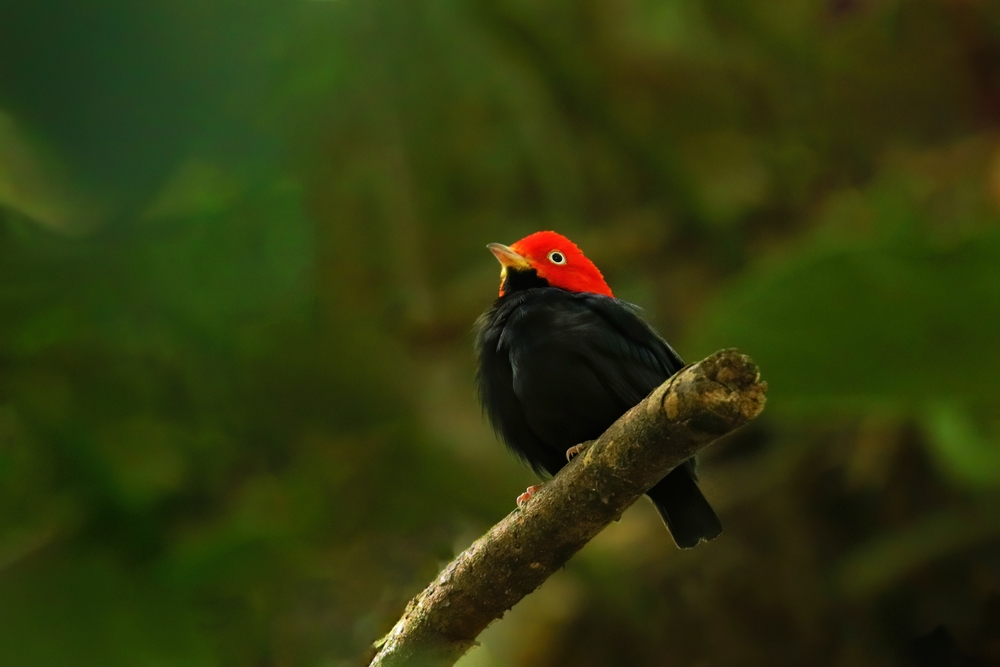
Manakin birds are renowned for their incredible dance moves, one of which closely resembles Michael Jackson’s famous moonwalk. These small birds perform intricate, fast-paced dances on tree branches to catch the eye of a female. The red-capped manakin, in particular, slides backward in a movement that looks strikingly similar to the moonwalk. Dr. Bette Loiselle, a biologist at the University of Florida, notes that these displays are a key factor in female mate choice. The complexity and precision of the dance are crucial for attracting a partner.
The dance involves not just sliding but also a series of jumps, flips, and wing snaps that require significant agility and stamina. Each move has to be executed flawlessly, as any mistake could result in losing the interest of a potential mate. The energy and dedication required for these performances are immense, showcasing the male’s fitness and suitability as a partner. In the world of manakin birds, it’s all about mastering the rhythm to win over a mate. Their moonwalk serves as a reminder that sometimes, a little flair can go a long way in the pursuit of love.
8. Seahorses’ Synchronized Swimming

Seahorses have a unique courtship ritual that involves synchronized swimming and color changes. These fascinating creatures pair up and perform a series of graceful swimming patterns while mirroring each other’s movements. During this time, their bodies change color, often becoming brighter and more vibrant. This ritual can last for several days, during which the bond between the pair strengthens. The synchronization and color display are critical factors in forming a successful mating partnership.
The male seahorse plays a particularly special role in the relationship by carrying the fertilized eggs in his brood pouch. This unusual reversal of traditional gender roles makes their courtship even more intriguing. The elaborate dance and color display help ensure that the pair is compatible and ready for the responsibilities of parenthood. For seahorses, the courtship is not just about attraction but also about forming a strong, cooperative bond. Their ritual exemplifies the importance of harmony and shared roles in a successful partnership.
9. Penguins’ Pebble Gifts
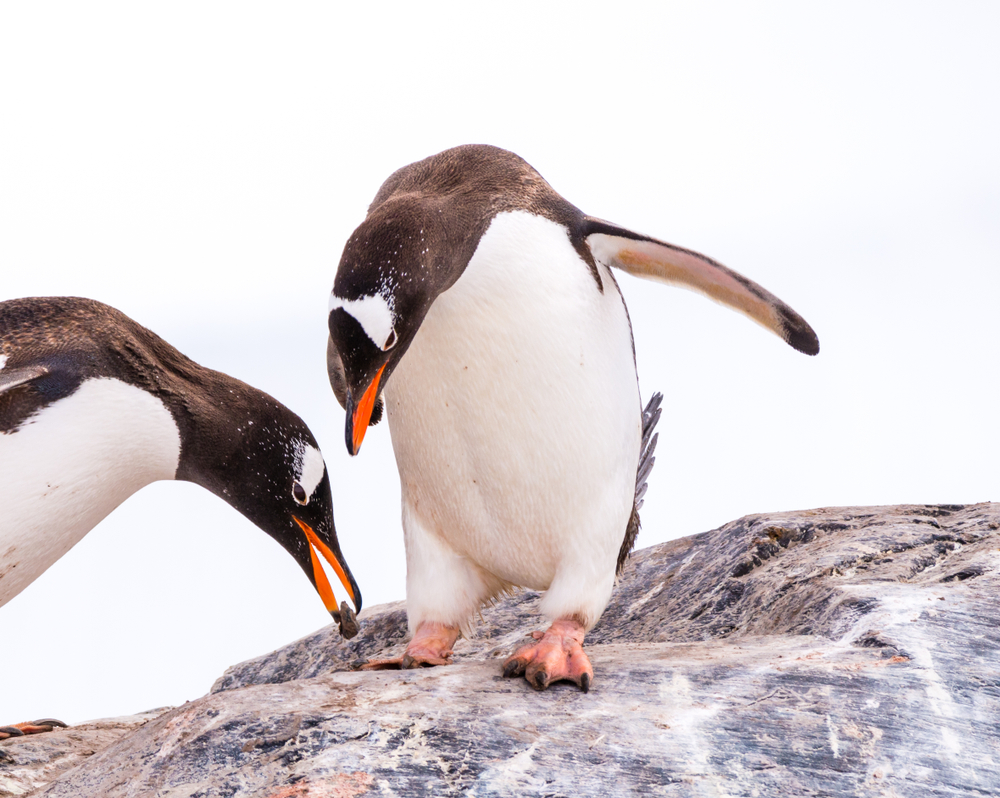
Penguins have a charming courtship ritual that involves presenting pebbles as gifts. Male penguins search for the perfect pebble to give to a female, hoping she’ll accept it as a symbol of his affection. If the female accepts the pebble, it means she’s chosen him as her mate, and they’ll use it to build a nest together. This simple yet meaningful gesture is crucial for forming a strong bond between the pair. The quality and rarity of the pebble can make a significant difference in the male’s chances of success.
The pebble exchange is not just about the gift itself but also about demonstrating the male’s ability to provide. Finding a high-quality pebble requires effort and determination, traits that are valuable in a partner. Once paired, the couple works together to gather more pebbles and construct their nest, symbolizing the start of their life together. This ritual highlights the significance of gestures and shared goals in building a lasting relationship. For penguins, a simple pebble can be the foundation of a lifelong partnership.
10. Birds Of Paradise’s Colorful Show
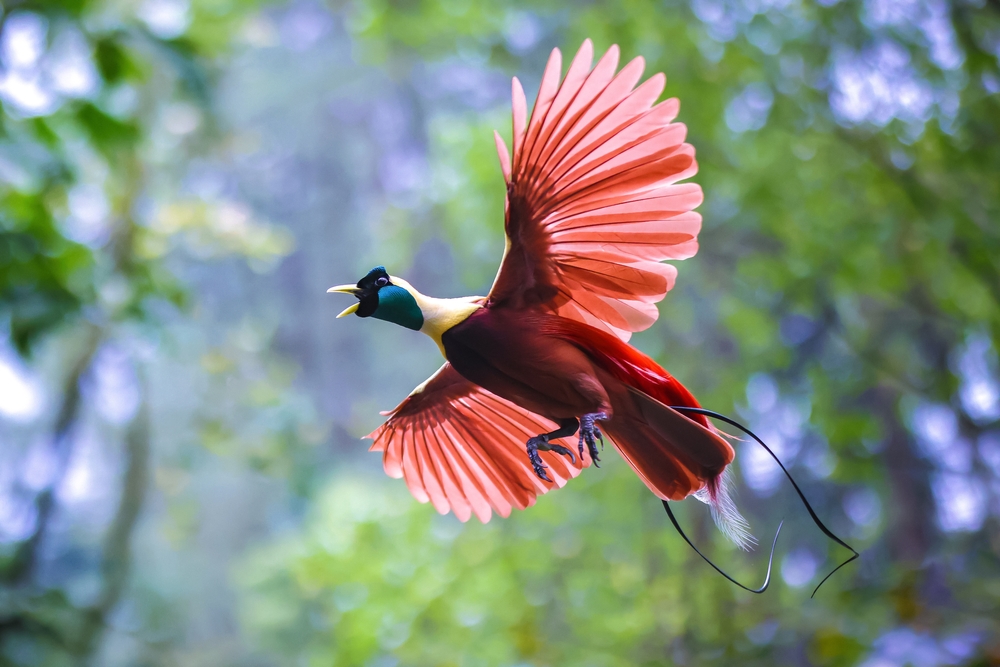
Birds of paradise are famous for their incredible plumage and elaborate courtship displays. Males of these species use their vibrant colors and feathers to create stunning visual spectacles to attract females. The displays often involve intricate dances, poses, and even vocalizations, all designed to showcase their beauty and fitness. The intensity and variety of the performance can make all the difference in attracting a mate. These displays are a testament to the role of aesthetics and showmanship in the animal kingdom.
The males invest a significant amount of time and energy into perfecting their displays. Each movement and feather position is carefully calculated to enhance their appeal. The females, in turn, evaluate these displays to choose the best potential mate for producing strong offspring. This focus on physical appearance and performance underscores the importance of first impressions. For birds of paradise, a striking appearance and a well-rehearsed routine are essential for winning over a mate.
11. Elephant Seals’ Vocal Battles

Elephant seals engage in vocal battles to establish dominance and attract females. These massive marine mammals have deep, booming calls that can be heard from great distances. During the breeding season, males gather on beaches and compete for territory, using their vocalizations to intimidate rivals. The loudest and most imposing calls usually belong to the top males, who secure the best territories and the most mates. This vocal display is a key factor in determining mating success.
The vocal battles are not just about volume; they also demonstrate the male’s size and strength. A deep, resonant call indicates a large, healthy individual capable of defending his territory. Female elephant seals are drawn to these dominant males, as they offer the best protection and resources for raising young. The vocal displays serve as an auditory signal of a male’s fitness and suitability as a partner. In the world of elephant seals, sometimes it’s not what you say but how you say it that matters most.
12. Japanese Pufferfish’s Sand Art

Japanese pufferfish are remarkable artists, creating intricate sand patterns on the ocean floor to attract mates. Males spend days meticulously sculpting these geometric designs using their fins. The resulting circles are not only beautiful but also serve as a signal to potential mates of the male’s dedication and skill. The size and complexity of the pattern can greatly influence a female’s choice. These underwater masterpieces are a testament to the role of creativity and craftsmanship in courtship.
The process of creating these patterns requires patience and precision. Any disruption, whether from currents or other fish, means starting over from scratch. This dedication demonstrates the male’s commitment and perseverance, traits that are attractive to females. The sand art also has a practical purpose, as it helps protect the eggs by directing ocean currents around the nest. For Japanese pufferfish, a bit of artistic flair goes a long way in the pursuit of love.
13. Prairie Dogs’ Jump-Yip Routine
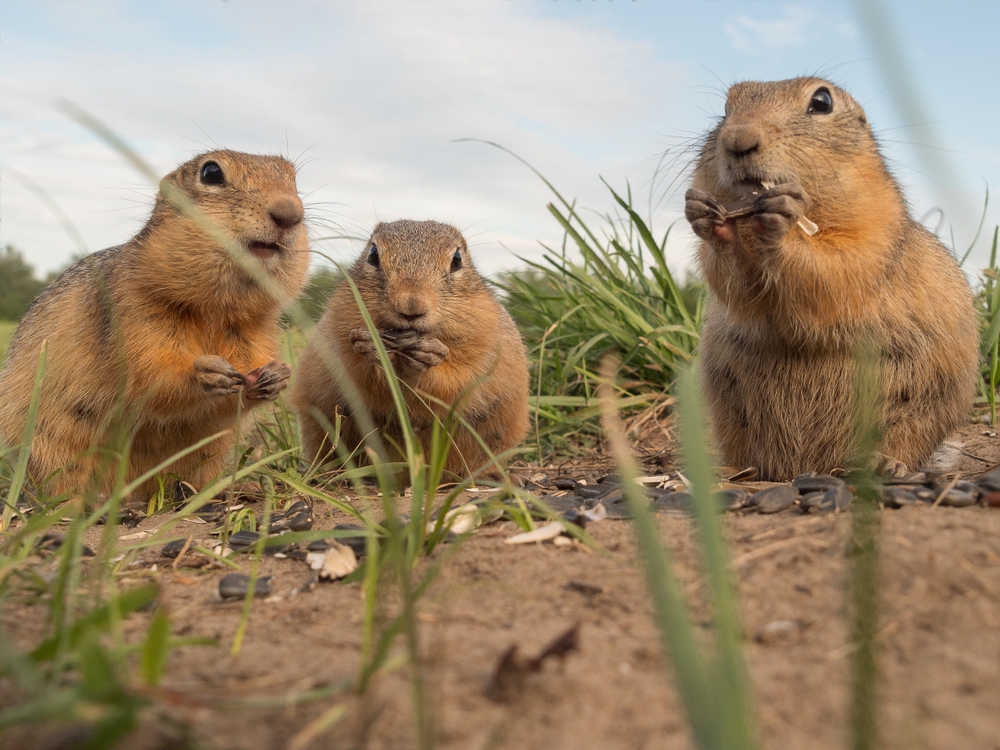
Prairie dogs have a unique group display known as the jump-yip, which serves multiple purposes, including impressing potential mates. This behavior involves one prairie dog standing on its hind legs, jumping up, and letting out a high-pitched yip, prompting others to do the same. The synchronized response creates a ripple effect across the colony, showcasing the group’s coordination and alertness. This routine not only helps strengthen social bonds but also signals to females the fitness and vigilance of the males. The jump-yip is a fascinating example of how cooperation and communication play a role in mating rituals.
The jump-yip display is also a way to assess the environment for potential threats. If the response is less coordinated, it might indicate a higher level of danger, prompting the colony to be more cautious. For females, a well-coordinated jump-yip routine is a sign of a strong, healthy group with attentive members. This communal behavior highlights the importance of social dynamics in the animal kingdom. In the world of prairie dogs, teamwork and communication are key components in attracting a mate and ensuring the colony’s safety.
